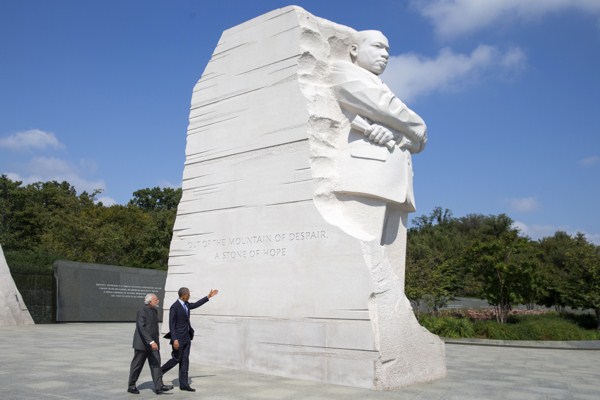Indian Prime Minister Narendra Modi’s five-day visit to the United States last week garnered massive media and think tank attention during the month before it occurred, but little coverage or reflection since then. This is mainly due to the limited concrete results achieved by the visit, compared to the heightened expectations of what some hoped the trip might achieve.
Modi did meet with President Barack Obama and other senior U.S. officials. But he did not receive the lavish official attention shown his predecessor, Manmohan Singh, during Singh’s November 2009 state visit to Washington. Modi seemed to brush it off, expressing gratitude for the private time he enjoyed with Obama and not dwelling on the 2005 U.S. decision to deny him a visa due to concerns that he may have been complicit in anti-Muslim riots in 2002 that killed more than 1,000 people. He insisted that India, as the largest democracy, and the United States, as the oldest, were natural allies, citing other complementarities such as Indian interest in U.S. high-tech investment and Americans’ reliance on Indian outsourcing. His American counterpart and host used similar language.
But constantly referring to India and the United States as “natural partners” does a disservice to those in charge of managing the relationship, by implying that they need to do little to further this natural bond. Modi’s visit laid the foundations for important bilateral progress in coming years, but only if the two governments make a major effort to achieve it, rather than become distracted by other priorities or minor disruptive incidents, as they have in the past.

